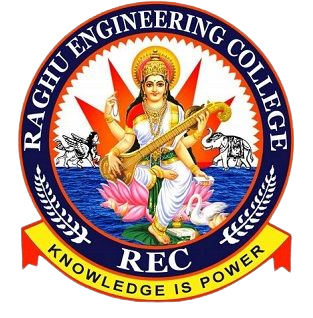Invited Talk Speakers
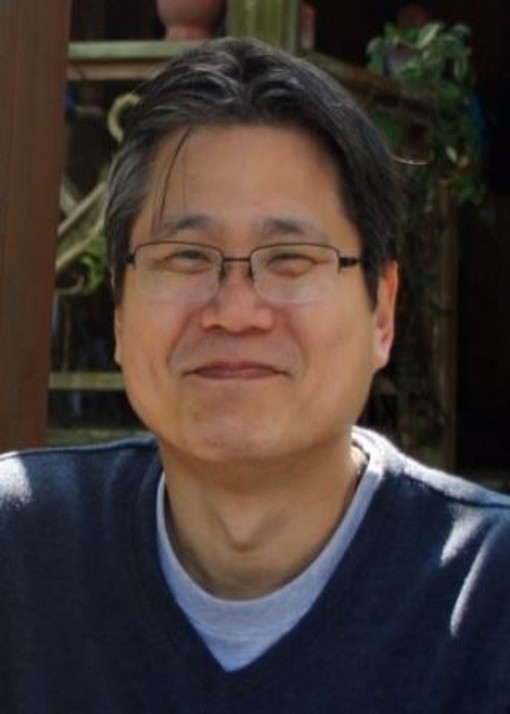
Dr. Chow-Yen-Desmond Sim
Distinguished-Professor, Dept. of Electrical Engineering, Feng Chia University, Taiwan
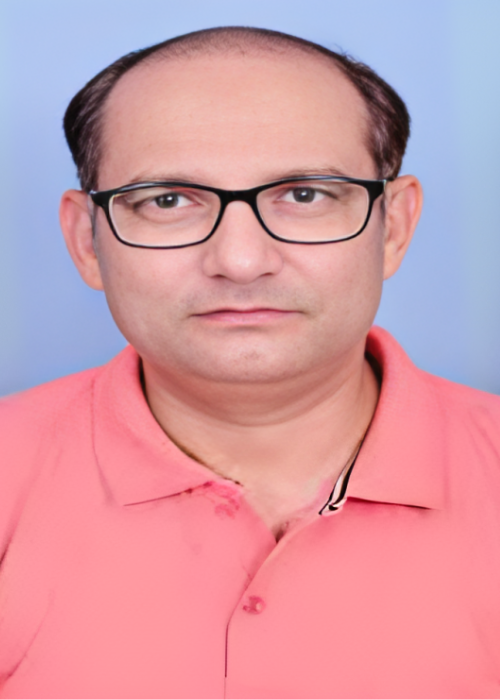
Dr Taimoor Khan
National Institute of Technology, Silchar
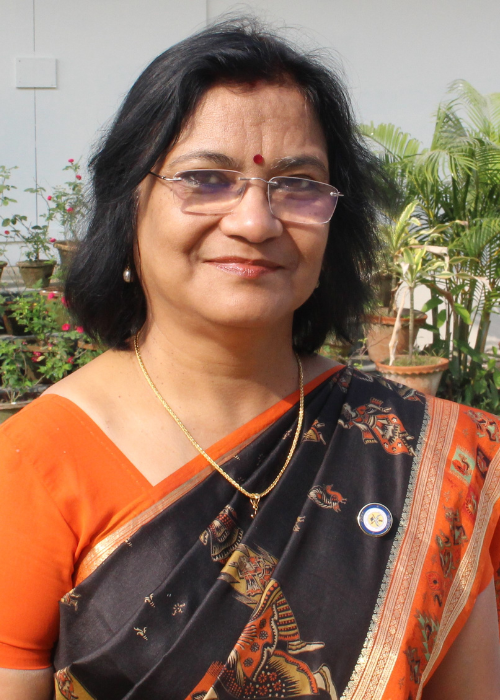
Dr. Madhumita Chakravarti
Director, CMSDS, DRDO, Kolkata
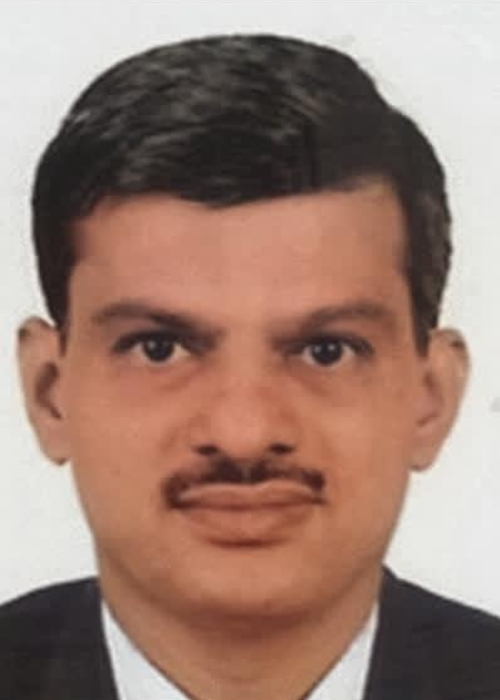
Dr. Dhananjay Jahagirdar
RCI, DRDO, Hyderabad

Dr. Jonathan Sauder
NASA /Jet Propulsion Laboratory
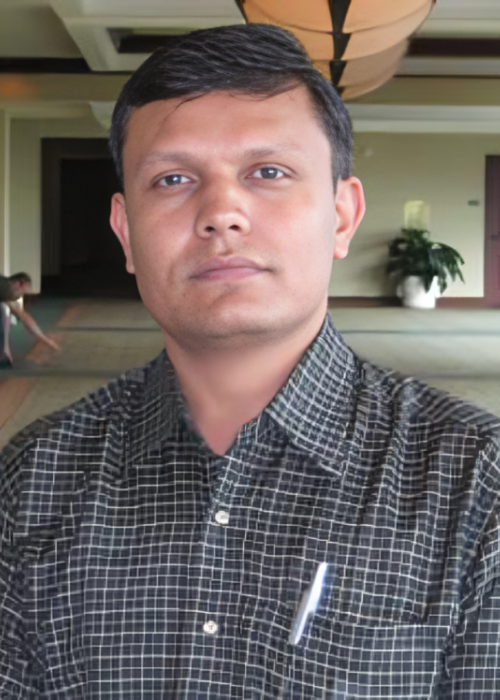
Prof. Dhaval Pujara
Director, School of Technology, Pandit Deendayal Energy Technology, Gandhinagar
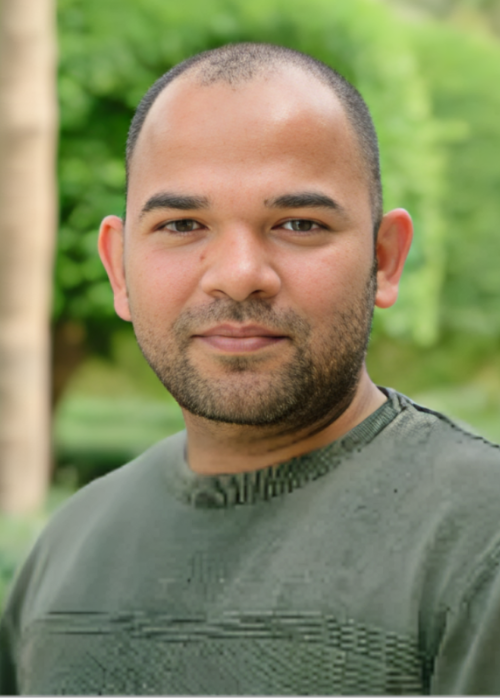
Zubair Akhter
Senior Antenna Engineer (Lead-Antennas and Radome), Technology Innovation Institute, Abu Dhabi, UAE
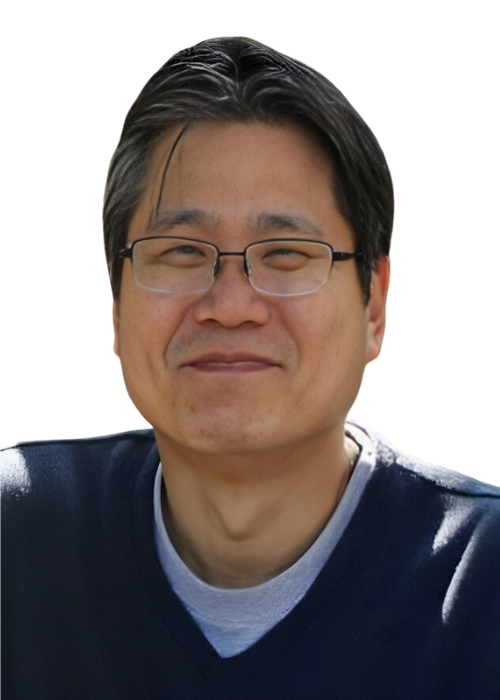
Dr. Chow-Yen-Desmond Sim
Distinguished-Professor, Dept. of Electrical Engineering, Feng Chia University, Taiwan
Chow-Yen-Desmond Sim was born in Singapore in 1971. He received the B.Sc. degree from the Engineering Department, University of Leicester, U.K., in 1998, and the Ph.D. degree from the Radio System Group, Engineering Department, University of Leicester, in 2003. In 2007, he joined the Department of Electrical Engineering, Feng Chia University (FCU), Taichung, Taiwan, as an Associate Professor, where he became a Full Professor in 2012 and a Distinguish Professor in 2017. He co-founded the Antennas and Microwave Circuits Innovation Research Center at Feng Chia University and has served as the Director. He served as the Head of the Department of Electrical Engineering at Feng Chia University between 08/2018 and 07/2021. He has authored or co-authored over 200 SCI papers. His current research interests include small antenna design, 5G antennas, and RFID applications. He is a Fellow of the Institute of Engineering and Technology (FIET), a Senior Member of the IEEE Antennas and Propagation Society, and a Life Member of the IAET He contributed as an Associate Editor for IEEE Access from August 2016 to January 2021 and Associate Editor for IEEE AWPL from August 2017 to September 2023. Currently, he holds the position of Associate Editor for the IEEE Open Journal of Antennas and Propagation, IEEE Journal of RFID and the International Journal of RF and Microwave Computer-Aided Engineering. Since October 2016, he has been serving as the technical consultant of SAG (Securitag Assembly Group), which is one of the largest RFID tag manufacturers in Taiwan. He has also served as the consultant of Avary (the largest PCB manufacturer in mainland China) since August 2018. He was the recipient of the IEEE Antennas and Propagation Society Outstanding Reviewer Award (IEEE Transaction Antennas and Propagation) for eight consecutive years between 2014 and 2021. He also received the Outstanding Associate Editor Award from the IEEE Antennas Wireless and Propagation Letters in July 2018.
Title of the Talk:
5G millimeter-Wave Antenna Solutions for Smartphones
Abstract:
As the global communications industry increasingly adopts 5G communication systems, the significance of 5G mobile terminal equipment, particularly smartphone antenna designs operating in the 5G millimeter-wave frequency band (28 GHz / 39 GHz), becomes pivotal for advancing the user experience in the era of 5G-Advance technology. This Invited Talk will explore the details of millimeter-wave antenna design concepts for 5G smartphones, highlighting the complexities of 5G AiP antenna design and illustrating multiple practical cases. Additionally, the talk will conclude by shedding light on the latest trends in the ongoing development of 5G millimeter-wave antenna designs.

Dr. Taimoor Khan
National Institute of Technology, Silchar
Taimoor Khan (SM-17, M-14, GSM-11) awarded his PhD Degree in Electronics and Communication Engineering from NIT Patna in 2014. Dr. Khan joined the Department of Electronics and Communication Engineering, NIT Silchar as an Assistant Professor in the same year and presently he is working as an Associate Professor in the department. He also worked as a Visiting Assistant Professor at Asian Institute of Technology, Bangkok, Thailand in 2016 and Visiting Researcher at Queen’s University Canada in 2019. Before joining NIT Silchar, he served different organizations for more than 14 years including Delhi Technological University for around three years.
His active research interests include Ambient RF Energy Harvesting, Machine Learning Techniques for Modeling and Optimization of Electromagnetics Problems, Ultra-Wideband Antenna Technologies, Electromagnetic Bandgap Structures and Dielectric Resonator Antennas. He is the recipient of prestigious IETE Professor SVC Aiya Memorial Award 2020 for providing excellence guidance in the field of electromagnetic and microwave engineering. He has successfully guided seven Ph.D. Theses and has published 132 articles in well indexed international journal and conference proceedings, three Indian patents, and two edited books. He has successfully completed one SERB funded major project and two minor funded projects of MHRD and AICTE and presently executing two international collaborative SPARC and VAJRA projects with Queen’s University Canada and California State University, Northridge, California, respectively. He is a Fellow of Institution of Engineers, Fellow of Institute of Electronics and Telecommunication Engineers and Fellow of Antenna Test and Measurement Society (ATMS), and Senior Member of IEEE, Senior Member IEEE AP Society, Senior Member IEEE MTT Society and Senior Member of URSI Belgium. Dr. Khan is accompanying as an Associate Editor with IET Electronic Letters, Associate Editor with a Hindawi-Wiley’s International Journal of RF and Microwave Computer Aided Engineering and as a Section Editor with IEEE Open Journal of Antennas and Propagation. Dr. Khan is the Founder of IEEE MTT Society SBC at NIT Silchar (2019), Founder Chair of IEEE Silchar Subsection (2021), Founder General Chair of SILCON (A Flagship Conference of IEEE Silchar Subsection, 2022), General Chair of IEEE SILCON Conference (2023) and Founder Chair of IEEE APS Joint Section Chapter-Silchar (2023). Also, he is serving as a Regional Coordinator (R10) for IEEE AP-S Paper Awards Subcommittee for the year 2023.
Title of the Talk:
From Tesla to Tomorrow: A Journey Through Wireless Power Transfer in the 21st Century
Abstract:
The invited talk, “From Tesla to Tomorrow,” invites the audience on a captivating expedition through the evolution of Wireless Power Transfer (WPT) with a specific focus on the utilization of microwaves in the 21st century. Tracing its roots to the visionary concepts of Nikola Tesla, the talk unfolds a narrative that spans the historical foundations, current advancements, and future possibilities of wireless power, particularly in the context of microwave-based technologies. The journey begins with a tribute to Tesla’s pioneering ideas, laying the groundwork for the subsequent exploration of WPT followed by paying homage to the visionary work of William C. Brown by providing an in-depth exploration of the first rectenna design for Wireless Power Transfer (WPT). As we delve into the historical significance of Tesla’s and Brown’s contributions, the presentation will unravel the foundational principles, challenges, and breakthroughs that paved the way for this groundbreaking technology. Drawing inspiration from the visionary mind of Nikola Tesla, this presentation explores the evolution of WPT, tracing its path from early concepts to the cutting-edge applications of microwave technologies that are shaping the energy landscape of tomorrow. Challenges and considerations associated with microwave-based WPT will be addressed, emphasizing the importance of safety, regulatory frameworks, and public acceptance. The talk will conclude by examining ongoing research initiatives at NIT Silchar focusing to key components (antenna, and rectifier, etc) of a rectenna system, the current state of WPT technology, highlighting notable achievements on antennas, rectifiers and rectifier-integrated antenna by my research group. In conclusion, “From Tesla to Tomorrow” will leave the audience with a deep appreciation for the historical lineage, current applications, and forward-looking potential of microwave-based Wireless Power Transfer. Attendees will gain insights into how this technology, evolving from Tesla’s vision, is becoming a key player in powering the innovations that will define our connected and electrified future in the 21st century.
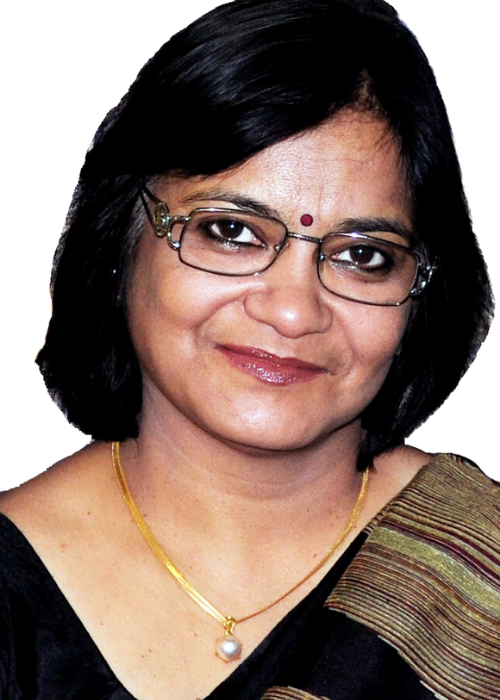
Dr. Madhumita Chakravarti
Director, CMSDS, DRDO, Kolkata
Madhumita Chakravarti completed her B Tech and M Tech degree from Institute of Radio Physics and Electronics, Calcutta University. She worked in the field of programmable and re-configurable Airborne RF Sensors for various Air defence and Area Defence Missile programs of DRDO.
She has developed multi-function RF Chips for indigenous development of sensors. The system designed by her has been inducted to Indian Air Force and Indian Army. She served as the Director of Centre for Millimeterwave Semiconductor Devices and Systems (CMSDS), a DRDO lab in Kolkata, where high-power mmW semiconductor source could be fabricated recently for the first time in India.
She is recipient of Path Breaking Technology Award of DRDO in 2010 and in 2017. She received felicitation from State of Andhra Pradesh and Telangana for developing MSMEs in2015. She has received INAE Woman Engineer of the Year Award 2021 and WAMS women professional excellence award 2022.
Apart from this, she has served as secretary for IEEE Hyderabad Section in 2015-16. She is founder Chair of IEEE MTT/AP/EMC Chapter, ad-com member of MTT-s in 2009, founder member of WIE affinity group and founder Chair of AESS Chapter in IEEE Hyderabad Section.
Title of the Talk:
Self-Reliance through Innovation and Collaboration
Abstract:
Defence Research and Development organisation is involved in research on cutting edge technology to attain Self Reliance in Defence since last 65 years. DRDO is involved in providing scientific assistance and advice to the armed forces. There is growing requirement of mmW/THz systems and DRDO is working on design, development and fabrication of semiconductor devices and systems. In this talk the challenges of fabrication of mmW devices and process optimization will be presented.
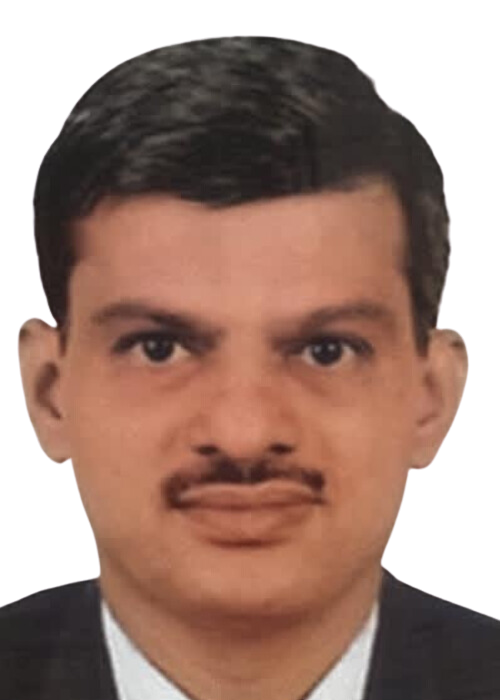
Dr. Dhananjay Jahagirdar
RCI, DRDO, Hyderabad
Dr D. R. Jahagirdar received his B.E. degree in Electronics Engineering in 1990, from Govt. College of Engineering, Amravati University, Maharashtra, India. He received M.Tech. in Microwave Engineering in 1992, from Indian Institute of Technology, Kharagpur, West Bengal, India. He was a Research Assistant at Sponsored Research and Industrial Consultancy at IIT, Kharagpur. In 1992 he joined Antenna Products Division of Electronics Corporation of India Hyderabad. In 1994, he received scholarship from the Commonwealth Scholarship Commission, UK to pursue his PhD. He obtained Ph.D. in 1997 from the Department of Electronics and Computer Science, University of Southampton, UK. He has won ‘Best Paper Award’ at the third IEEE High-Frequency Postgraduate Student Colloquium 1997 at the University of Leeds, UK organized by IEEE UKRI section.
He joined Research Center Imarat, DRDO, Hyderabad in May 2000. In 2002, he received Prof.S.K. Mitra memorial award for ‘Best research oriented paper’ from IETE. He received ‘Young Scientist Award’ at Intl Radar Symposium Bangalore in 2005. In 2007 He received ‘Laboratory scientist of the year award. In 2010 he received ‘DRDO Scientist of the year’ from Prime Minister of India. He received DRDO performance excellence awards in 2017 and 2019 as team member. He received prestigious
IETE-IRSI award in 2020 for contribution to Radar seeker technology developments.
He has over 100 papers published in various international conferences and journals. He is external guide for many PhD students. He was a regular reviewer in IEEE AP society’s transactions on antennas and propagation and AP letters. He was also guest editor for some time in MTT society’s transaction
He was technical program chair for IMARC-2015 conference in Hyderabad and guest editor guest editor for some time in MTT society’s transactions. He was technical program chair for InCAP-2018 held in Hyderabad. He is a Fellow of IETE and senior member of IEEE, Antennas and Propagation
Society and Microwave Theory and Techniques Society and Aerospace and Electronics society, Communication society and signal processing society. He is with IEEE for last 30 years and he was chairman of IEEE Hyderabad AP/MTT/EMC chapter 2011-2013.
He is also a member of URSI. His area of interest is microwave antennas and arrays.
He is active promotor of research in all areas of electronics and avionics. He always remains connected to universities, IITs and NITs.
At present he is technology director in Radar seekers Lab of RCI, DRDO.
Title of the Talk:
Requirement Analysis of monopulse antennas with some design examples
Abstract:
Radars have become integral part of most of the weapons systems. It has been a key technology driver for last 8 decades, almost century now. Airborne radars are a very challenging multiple technology front wherein fighter aircrafts, missiles, and other weapons. One of the main elements of these radars is monopulse antennas. Innovative technology developments have taken place in antennas, for Gimbaled platforms addressing all kinematic constraints as well as AESA platforms have evolved over a period of time. The tall will cover electromagnetic design considerations while designing the antennas with some design examples.
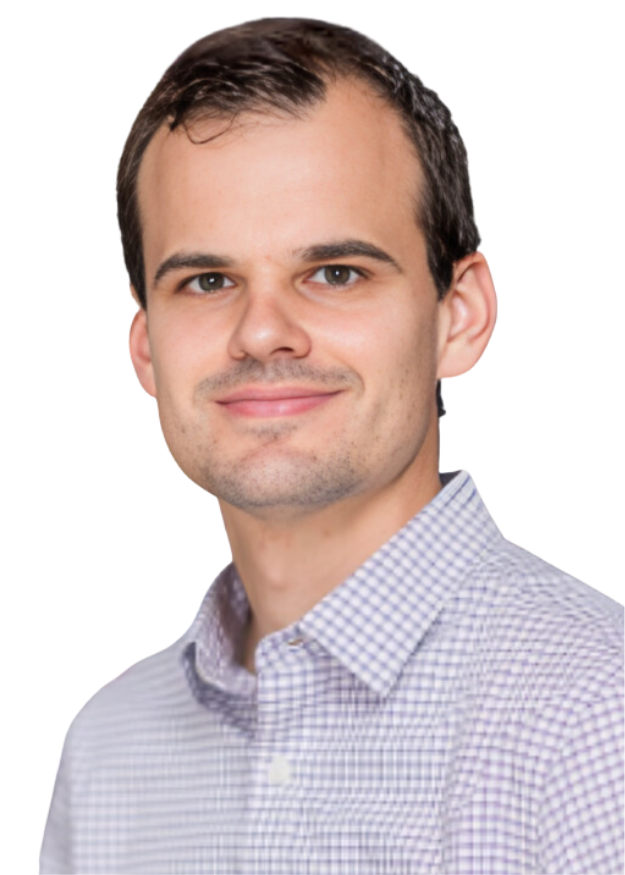
Dr. Jonathan Sauder
NASA /Jet Propulsion Laboratory
Dr. Jonathan Sauder is a group lead at NASA Jet Propulsion Laboratory, where he enables technologies that will change the future of planetary exploration and performs technical work as a mechatronics engineer and principal investigator. He is a Presidential Early Career Award for Scientists and Engineers (PECASE) recipient, a three-time NASA Innovative Advanced Concept (NIAC) Fellow (for a Venus rover and deployable architecture), has received 5 best paper awards, and an inventor on 3 deployable antenna patents. He is also a Bren Visiting Research Associate at the California Institute of Technology and a Lecturer of Aerospace and Mechanical Engineering at the University of Southern California. He earned a Ph.D. in Mechanical Engineering at the University of Southern California in 2013, focusing on how collaboration aids engineers in creating innovative designs, a BS in Mechanical Engineering from Bradley University. Prior to his Ph.D., he worked R&D roles for Mattel, Microsoft and Monsanto and consulted technology startups.
Title of the Talk:
Deployable Antenna Mechanism and Structural Design: Design Principles and Lessons Learned
Abstract:
Deployable antennas play a key role in modern space missions, enabling Earth and planetary science measurements and long-distance communications to be conducted from smaller platforms with larger footprints or greater gain. Deployable antennas present unique structural and mechanism design challenges. The goal of this presentation will be to education non-mechanical engineers on key principles related to deployable mechanism and structural design, to aid them in creating robust concepts. This will also enable them to understand key terms to better communicate with mechanical engineers and also ask informed questions about the design. A summary of the principles to be shared included:
- Reduce the Number of Deployments: the best solution is to avoid a deployable if possible.
- Prioritize Repeatable and Deterministic Systems: Opt for systems that demonstrate repeatability and determinism during testing under various conditions to detect failures early.
- Leverage Rotation to Reduce Friction: Prefer rotation over linear sliding to minimize friction and exploit moment arm effects.
- Maximize Depth from Rotation Axis: Utilize as much depth from the rotation axis as possible to maximize the moment arm advantage and to increase structural stiffness.
- Maintain Sliding Length-to-Diameter Ratio Above 2: When linear sliding is unavoidable, ensure the ratio of the length of the device sliding to its diameter remains greater than two at all times (L/D > 2).
In conclusion, the dissemination of these principles aims to equip non-mechanical engineers with valuable insights, enabling them to collaborate better and create sound preliminary architectures when deployable antennas systems are required.
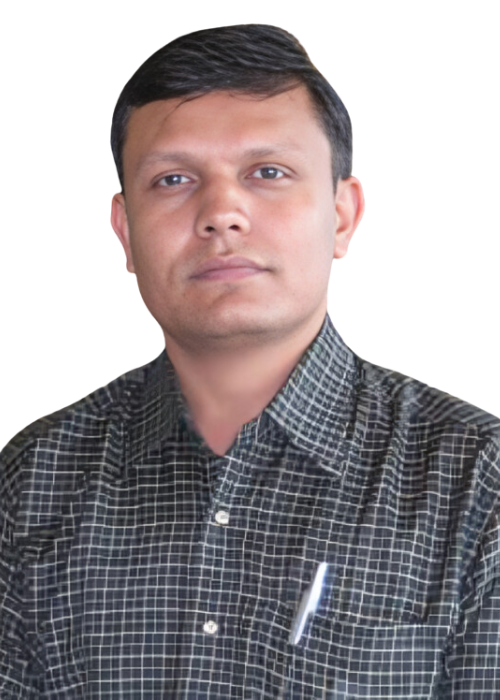
Prof. Dhaval Pujara
Director, School of Technology, Pandit Deendayal Energy Technology, Gandhinagar
Dhaval Pujara received a BE degree in Electronics Engineering, an MTech degree in Electronics & Communications Engineering (Microwaves & Radar) from the Indian Institute of Technology (IIT), Roorkee, and a Ph.D. degree from Nirma University. During the year 2007-2009, he was deputed to the Space Applications Centre (SAC), Indian Space Research Organization (ISRO), Ahmedabad, India to carry out research on, ‘Antennas for Satellite Applications.
After serving in industry and Government Engineering College for a short stint, Dr. Pujara joined Nirma University, Ahmedabad where he served for almost twenty-five years in several key positions. These include the founder Director (Research and Innovation), Dean (Faculty of Doctoral Studies and Research), Deputy Director (Academic Development and Research Cell), Mentor (Centre for Quality Assurance and Academic Development), Head (Department of Electronics & Communication Engineering), and the IQAC Coordinator.
Currently, Dr. Dhaval Pujara is serving as the Director, School of Technology, Pandit Deendayal Energy University (PDEU), Gandhinagar.
Dr. Pujara has wide teaching experience at both the UG and PG levels. In the last two decades, Dr. Pujara took many initiatives in teaching-learning and research. A few noteworthy initiatives include setting up of a Central Instrumentation Centre, Alumni Sponsored Laboratory, ICT-based portals for doctoral students and placements, drafting of many academic policies, implementation of a three-tier Academic Audit system, faculty & staff development programs, schemes for awards and incentives, etc. He also played an important role in coordinating many key MoUs with R & D Organizations/industries.
Dr. Pujara has supervised seven Ph.D. theses and more than twenty-five master dissertations. He has worked on several funded projects, testing assignments, and many training programs for professionals. Prof. Dhaval Pujara has been awarded as the ‘Best Engineering College Teacher’ of the Gujarat state by the Indian Society for Technical Education (ISTE) in the year 2004 for his outstanding contribution to the academic community and the students. He also received the ‘Young Scientist Award’ in the year 2011 by the International Union of Radio Science (URSI). In the year 2015, he has been awarded IETE – Smt. Ranjana Pal Memorial Award for his significant contribution to RF & Antennas. He has been also awarded as the Best Professor of the Institute of Technology, Nirma University for the year 2015. He also received a prestigious US Fulbright Fellowship in the year 2016 and visited several Universities in the USA. In 2017, he was selected for the award of ‘Academic Excellence’ by the Higher Education Forum, Mumbai. In 2022, he received a ‘Recognition Award’ for outstanding leadership by the Wireless, Antennas, and Microwave Society, India. He is also a recipient of IEEE APS TICRA grant.
Prof. Pujara is a senior member of IEEE, USA, a life member of ISTE, a life member of the Institute of Electronics and Telecommunication Engineers (IETE), New Delhi, and a life member of the Institute of Engineers, India. He has more than 100 journal/conference papers to his credit. Prof. Pujara has visited several countries for academic and research work.
Dr. Pujara has been invited by many reputed institutes, and industries to conduct the workshops/lectures. By now, he has delivered more than 250 invited talks on a variety of topics, including research, teaching skills, life skills, etc. He has a deep interest in areas like Quality in Higher Education, Accreditation, University Rankings, Outcome-based Education, etc.
Title of the Talk:
Unveiling the Blueprint for Success – Advanced Planning, Skill Development and Professional Networking
Abstract:
Success in a professional career is not a mystery, but it unfolds through hard work, dedication, advanced career planning, honing specific skill sets, and developing the art of professional networking. This talk is intended for undergraduate and postgraduate students who wish to make a bright career in Wireless and RF Engineering (Microwaves, Antennas, etc.).
The lecture will begin with a spotlight on ‘Building a Biodata.’ It will highlight the importance of setting long-term goals and a detailed plan to achieve them. During the session, various career options for engineering graduates will be discussed, underlining the essential skill sets, the crucial role of projects and internships, and the benefits of professional memberships such as IEEE, WAMS, etc. Furthermore, the talk will continue describing the benefits of joining IEEE and WAMS Society memberships and emphasizing how they can significantly contribute to students’ growth. Valuable insights on building and nurturing professional networks will be presented to help the budding engineers.
Toward the end of the session, a comprehensive Charter Plan will be discussed, encompassing actionable items such as writing research papers, participating in extra and co-curricular activities, and attending seminars/workshops. This will provide a structured roadmap to the participating students for success in their professional journey.
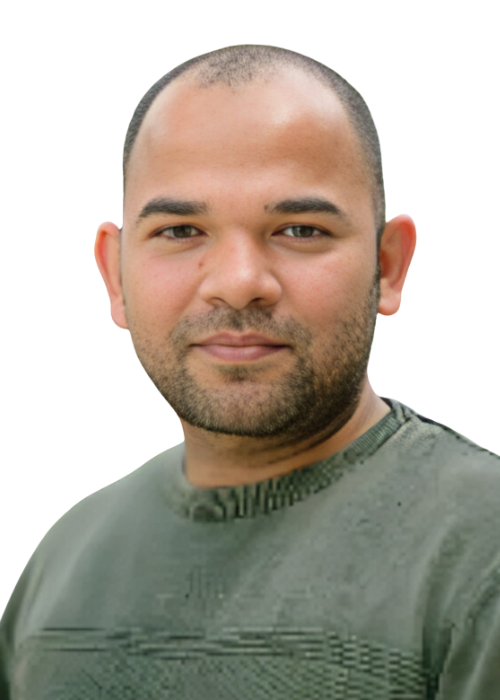
Zubair Akhter
Senior Antenna Engineer (Lead-Antennas and Radome), Technology Innovation Institute, Abu Dhabi, UAE
Zubair Akhter received a bachelor’s degree in electronics and instrumentation engineering from the Anand Engineering College, Agra, India, in 2008, and an MTech. Degree in RF and microwave engineering from Indian Institute of Technology Roorkee, Roorkee, India, in 2011. He obtained his Ph.D. in Electrical Engineering from the Indian Institute of Technology, Kanpur, India, in 2018, with a focus on microwave imaging, sensing, & nondestructive testing of materials, through-wall imaging, and ultra-wide-band antennas. He has recently joined Technology Innovation Institute (TII), Abu Dhabi as a Senior Antenna Engineer. Prior to TII, he was associated with King Abdullah University of Science and Technology (KAUST), Saudi Arabia as a Postdoctoral fellow where he worked with the world’s top funding agencies such as Lockheed Martin Corporation, Ericsson, SABIC, and Aramco for solving the applied industrial challenges. His research for Lockheed Martin on “ultra-thin, dual-mode wideband circular microstrip antennas for UAVs” was featured by the IEEE Open Journal of antennas and Propagation. Before joining KAUST, he was associated with Abu Dhabi National Oil Company (ADNOC) Gas Research Center (GRC) as a Research Engineer.
His current research interests are in on-chip antennas, microwave imaging, non-destructive testing for the oil and gas industry, printed-flexible electronics, printed transparent antennas, and Chipless RFID based sensing. He has authored/co-authored over 65 international publications published in top-notch peer-reviewed journals such as IEEE Transactions on Microwave Theory and Techniques (MTT), IEEE Transactions on Antennas and Propagation, IEEE Transactions on Instrumentation and Measurement, IEEE Sensors Journal, and various admired international conferences. He is an inventor of 6 US patents and has given 15 invited talks at various internationally recognized forums/institutions. He is a member of IEEE and founding chair of the IEEE Antennas and Propagation Student Branch Chapter (SBC), Indian Institute of Technology, Kanpur, India. He is currently an editorial board member in frontiers wearable electronics and served as a member of the Technical Program Committee in IMaRC-2021 and MAPCON-2022/2023. Dr. Akhter is a recipient of the Early Career Researcher Teaching Award from the Office of the Provost in collaboration with the Office of Vice President (Research) at King Abdullah University of Science and Technology, KAUST.
Title of the Talk:
True silicon On-chip antennas for 5G and beyond applications
Abstract:
Transferring the antenna from its traditional off-chip status to bring an on-chip component is an important development and brings many advantages with itself such as cost and size, ease in integration, high fabrication precision and repeatability, and no more 50-ohm matching boundary. Due to the push toward 5G, 6G, and beyond antenna sizes have dropped to the order of millimeters and thus are becoming compatible with the typical chip dimensions. On the other hand, silicon (Si)-based semiconductor technologies, such as a complementary metal– oxide–semiconductor (CMOS) process, have come a long way, and thus, high-frequency circuits and antennas can be realized on a single chip compactly. However, the size of the mm-wave antenna-on-chip (AoC) has become compatible with the typical CMOS chip dimensions. However, the CMOS stack-up is still not favorable for antenna-on-chip implementation. This is mainly because of the very lossy Si-substrate that also has a very high permittivity that limits the realization of an efficient on-chip antenna compared to their off-chip counterparts. Furthermore, the embedded metal layers in a very thin silicon dioxide (SiO2) (∼10–15 μm), are not very suitable for AoC implementation, particularly for lower gigahertz frequencies (30-110 GHz). We recently proposed a few novel antenna thickness reduction techniques (metal post and embedded guiding structure) which are not only compatible with the current silicon process but also effectively isolate lossy silicon substrate. The realized on-chip antenna by implementing our solution shows a decent gain and radiation performance at 94 GHz. This talk aims to discuss the above challenges in detail as well as the proposed solutions. Many design examples will be shown for the gain and radiation efficiency enhancement of on-chip antennas. The talk will conclude with the upcoming trends in the field of on-chip antennas.


